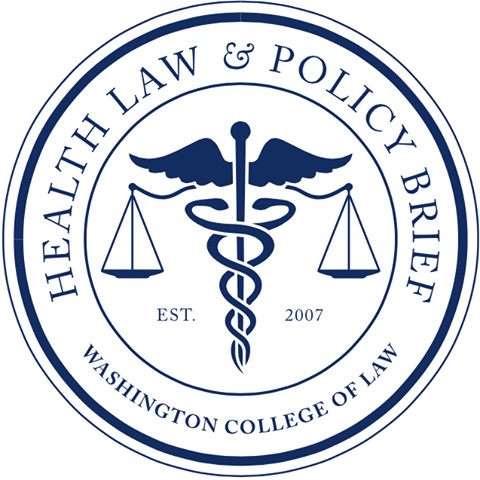On February 15, 2017, a bipartisan group of members in the House of Representatives introduced the Military Hunger Prevention Act, a bill that would help active-duty military members qualify for the Supplemental Nutrition Assistance Program (SNAP), more commonly known as food stamps. SNAP was implemented to address food insecurity and access to a sufficient quantity of affordable nutritious food. It was also designed to improve the long-term health and economic well-being of children.
Military members face unique financial challenges inherent to being active-duty, such as costs incurred from changes of station, deployment, and underemployment among military spouses. According to a survey conducted by Blue Star Families (a nonprofit that raises awareness of issues unique to military life) and the Institute for Veterans and Military Families (an interdisciplinary academic institute that publishes research on the social, economic, and policy issues that affect veterans and their families), 75% of active duty spouses reported that being a military spouse has had a negative impact on their ability to pursue employment.
Consequently, active-duty military members have reported facing food insecurity; some have indicated that they are seeking food assistance through a food bank or charitable organization. Yet, thousands of military members and their families are disqualified from SNAP because they receive a monthly Basic Allowance for Housing (BAH), which is then counted as part of their income when their eligibility for SNAP is determined. This is inconsistent with how other federal programs treat the BAH. For instance, the Internal Revenue Service (IRS) does not consider the BAH as earned income for purposes of assessing Earned Income Tax Credit. Nor is it accounted under the Health and Human Services’ Poverty Guidelines, which determines eligibility for other federal benefits programs such as the Special Supplemental Nutrition Program for Women, Infants, and Children (WIC) nor the Head Start Program.
It is also worth noting that SNAP is a federal entitlement program, which means that everyone who is eligible for the benefits will receive them. Receiving benefits will not be at the cost of another beneficiary.
The proposed Military Hunger Prevention Act intends to alleviate the food insecurity issue prevalent among active-duty military members who would otherwise qualify if it not for the current provisions under the Food and Nutrition Act of 2008 under 7 U.S.C. 2014(d). Thus, the Act would be an amendment excluding housing allowance “from any calculation of income, assets, or resources” when determining eligibility for any federal program issuing benefits in nutrition assistance.
According to Congresswoman Susan A. Davis, a senior member of the House Armed Services Committee, the Military Hunger Prevention Act would “make good on our national commitment to take care of all those who proudly serve in our armed forces.”
The Act is currently being reviewed by the Committee on House Armed Services and the Committee on House Agriculture.
